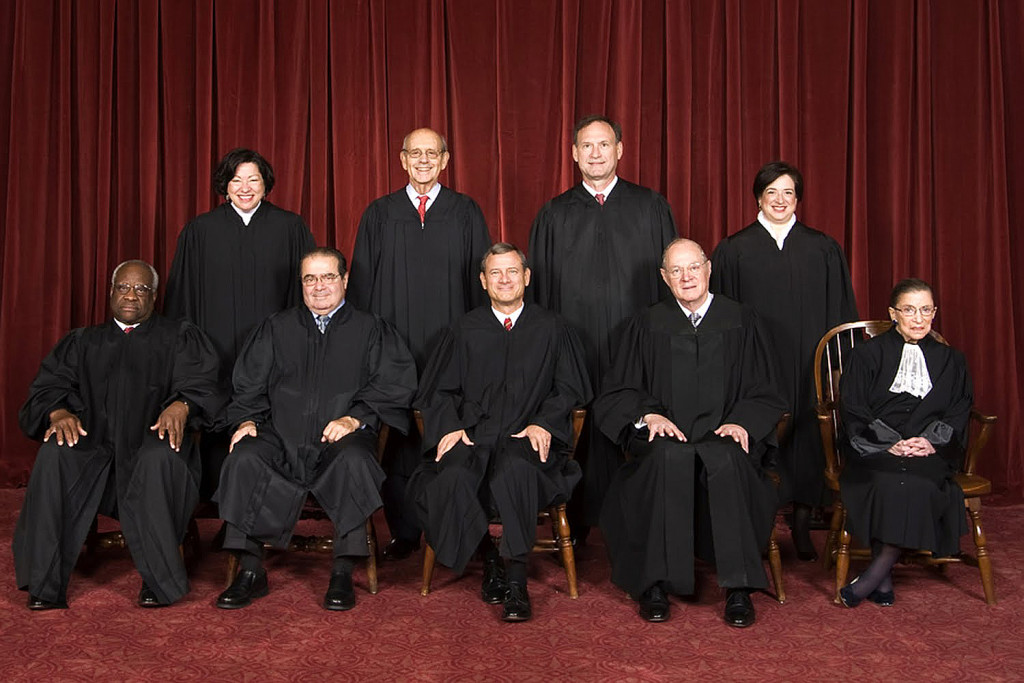The Mind-Boggling Speed of Revolutionary Change
June 30, 2015

SAGE McLAUGHLIN writes:
I recommend that you spare some space on your busy blog to this piece of propagandistic “history,” which nonetheless contains the following very important observation:
“The [New York Times] seems to have always had a pro-pizza bias. In a 1947 full-page Times spread, food writer Jane Nickerson insisted that ‘pizza could be as popular a snack as the hamburger if Americans only knew more about it.’
“This pizza ignorance became legal record when an upstate jury had to have pizza explained to them during a 1950 New York Supreme Court appellate hearing.”
The speed with which the forces of Progress have transformed this country is a terrible marvel. The article notes that within 12 years of the proceedings described above, pizza had reached almost hot-dog levels of popularity in America.
Still, it is encouraging to note that not so long ago, things were very different. This suggests that they could be so once more.




